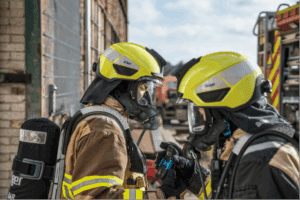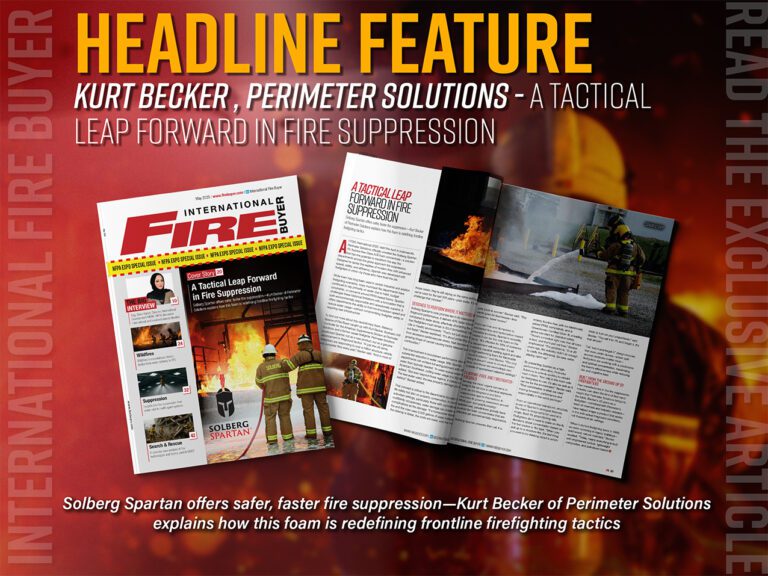Dr. Eliot Sizeland of Fire and Gas Detection Technologies returns again in this latest issue with the second part to his industrial detection article
Introduction
This paper continues our learning about flame detection. Part one of our flame detection guide provided some pointers for the selection of flame detectors based on the sensing technology employed. This paper sets out some design considerations for your flame detection system, broadly speaking these considerations fall into the follow categories: the application, the detector, and the installation design criteria.
Understanding the application
Before selecting a detector type it is important the designer understands the application. Things to consider include:
Fire Risk
What is going to burn? What size fire needs to be detected, and how quickly?
Presence of false alarm sources
Is there anything that may cause the detector to alarm without a genuine fire being present? The most obvious source of an unwanted alarm is a flare, but engines or turbine exhausts should be considered too.
Operating conditions
What environmental issues may exist? Rain, snow, salt spray, sand and dust storms, the list can go on.
Maintenance and function testing
Flame detectors require routine testing and may need periodic maintenance in atmospheres containing high levels of contamination. If possible, access should be available without the need for scaffolding, although this is not always possible.
Area classification
Are the units to be installed in a hazardous area? If so, ensure the products are certified accordingly.
Diagnostics capabilities
Increasingly, flame detectors are being specified with additional communication capabilities such has HART. If the control system supports HART check to see if the flame detectors you wish to specify provide information for planned (preventative) maintenance, not just indications of faults that have occurred.
Understanding detector response
In this section we will cover field of view, detection distance and the detection of different fuels.
What is the field of view of an optical flame detector?
As the name implies, the field of view (FOV, sometimes called cone of vision) of an optical flame detector defines the unobstructed area of coverage a flame detector has for a given fuel.
The greatest sensitivity to a fire is seen directly through the centre line to the detector face – this is sometimes called on-axis sensitivity. The detection distance then rolls off the further you move away from the centre line with the shape formed by the field of view generally looking like a teardrop.
FM3260 defines the field of view by stating “the detector response shall be at least 50% of the on-axis sensitivity (measured in units of distance) in at least four directions (left, right, up, and down)”.
The horizontal field of view of a detector is typically 90° but can vary due to the optomechanical construction of the detector and / or the fuel being burnt. The vertical field of view tends to be smaller than the horizontal one due to obstructions from the reflector plates used by through-the-lens optical tests.
Some flame detectors have FOV’s that are greater than 90°; whilst on paper this may seem to offer an advantage in terms of coverage, there can be some unforeseen consequences for multi-spectrum flame detectors. It should also be noted that practical installations tend to favour placing detectors into the corners of rooms or process modules, meaning there is little benefit to be gained with detectors having a wider FOV. Another point for consideration is fire zoning; limiting the FOV to 90° makes zoning easier and helps ensure flame detectors from one area are not activated by a fire in an adjacent zone.
To read the rest of this feature, see our latest issue here.
Never miss a story… Follow us on:
International Fire Buyer
@Firebuyer
Fire Buyer
Media Contact
Louis Curtis
Editor, International Fire Buyer
Tel: +44 (0) 1622 823 922
Email: [email protected]




































